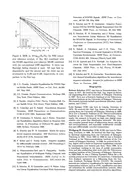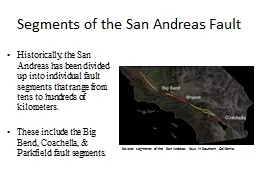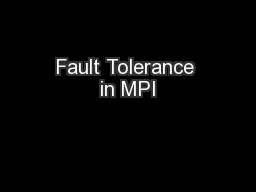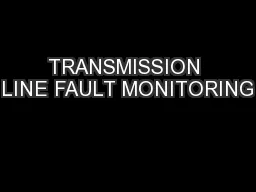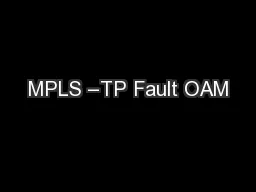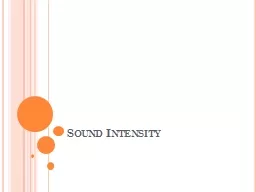PDF-Calculating the Failure Intensity of a Noncoherent Fault Tree Using t
Author : ella | Published Date : 2021-06-19
2 Noncoherent Systems Fault Tree structures can be categorised as either coherent or noncoherent according to their underlying logic If during fault tree construction
Presentation Embed Code
Download Presentation
Download Presentation The PPT/PDF document "Calculating the Failure Intensity of a N..." is the property of its rightful owner. Permission is granted to download and print the materials on this website for personal, non-commercial use only, and to display it on your personal computer provided you do not modify the materials and that you retain all copyright notices contained in the materials. By downloading content from our website, you accept the terms of this agreement.
Calculating the Failure Intensity of a Noncoherent Fault Tree Using t: Transcript
Download Rules Of Document
"Calculating the Failure Intensity of a Noncoherent Fault Tree Using t"The content belongs to its owner. You may download and print it for personal use, without modification, and keep all copyright notices. By downloading, you agree to these terms.
Related Documents


